Universities want more money. Snyder wants more innovation.
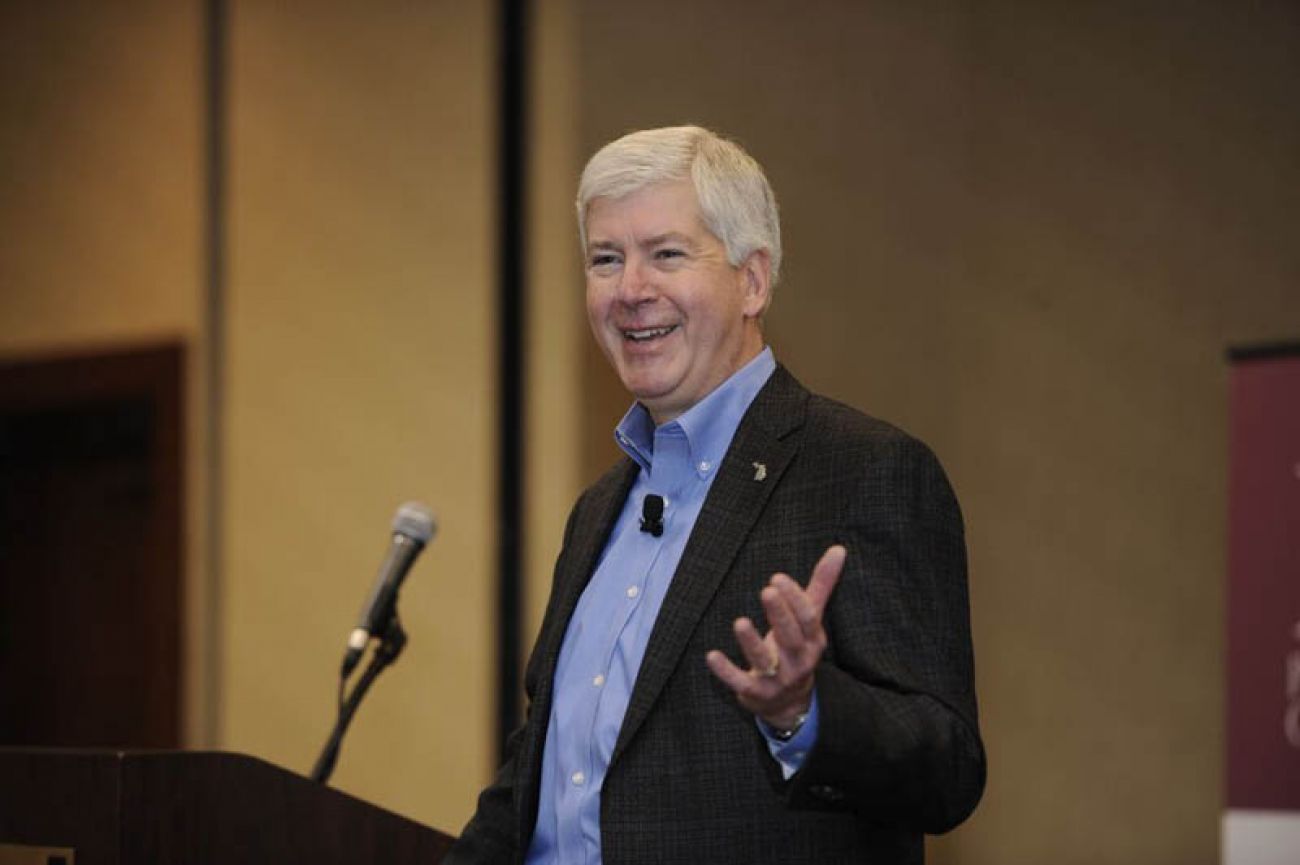


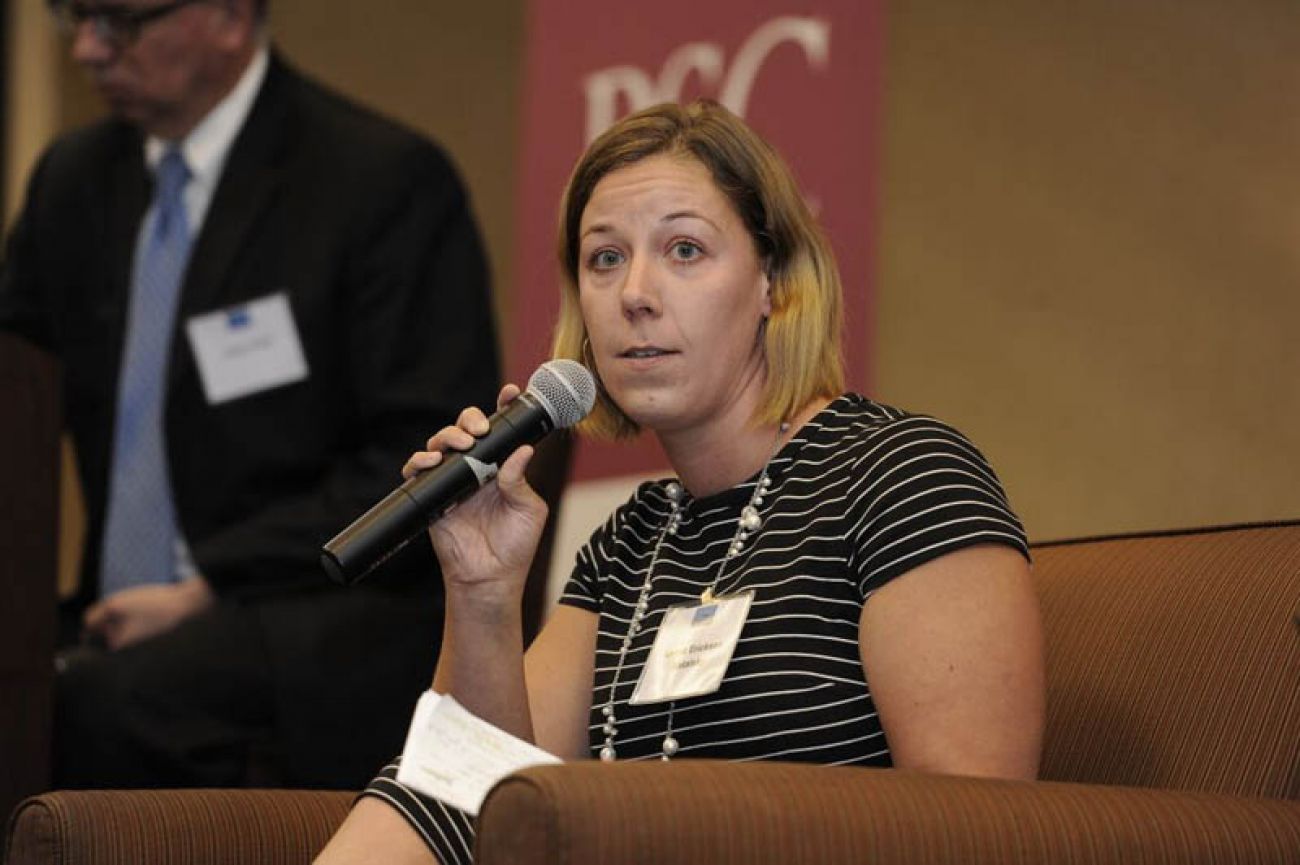
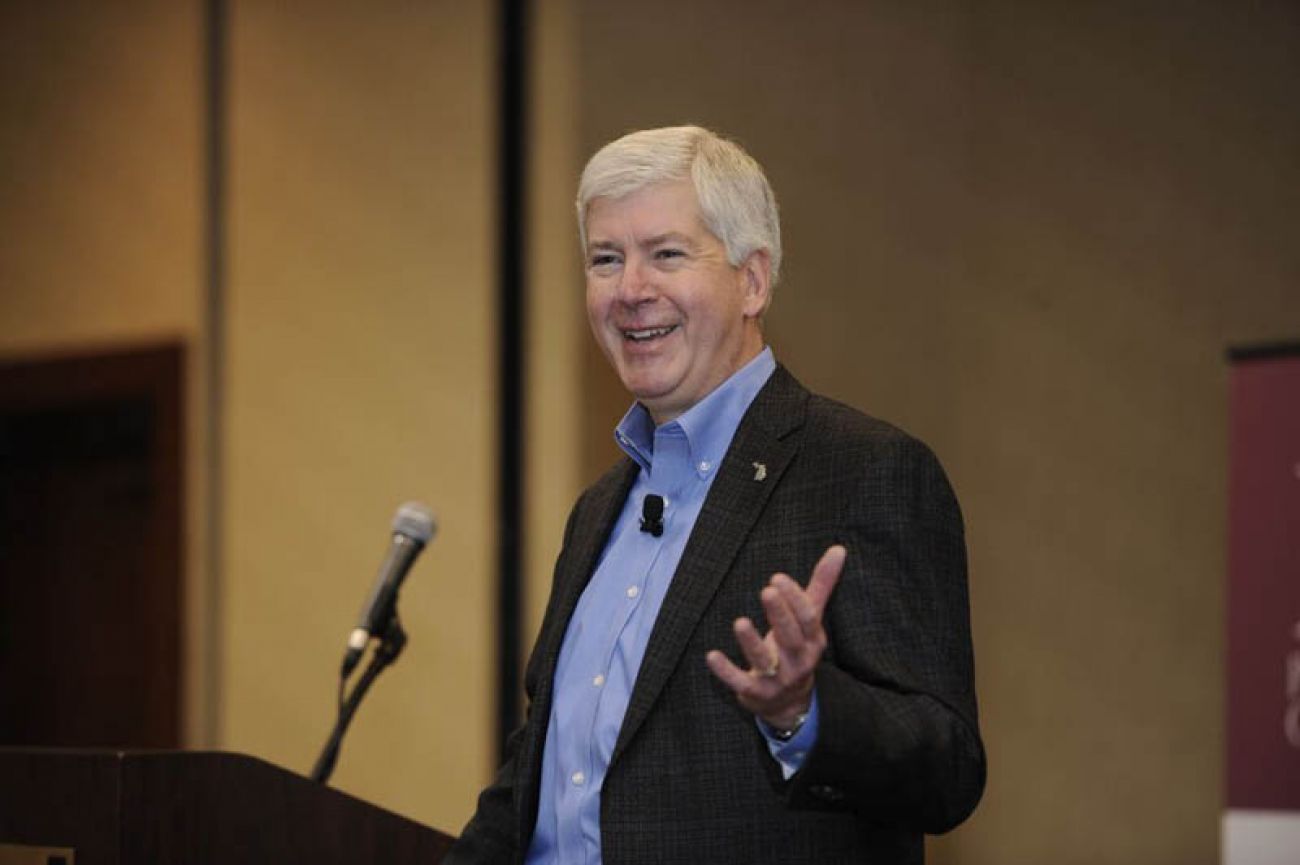

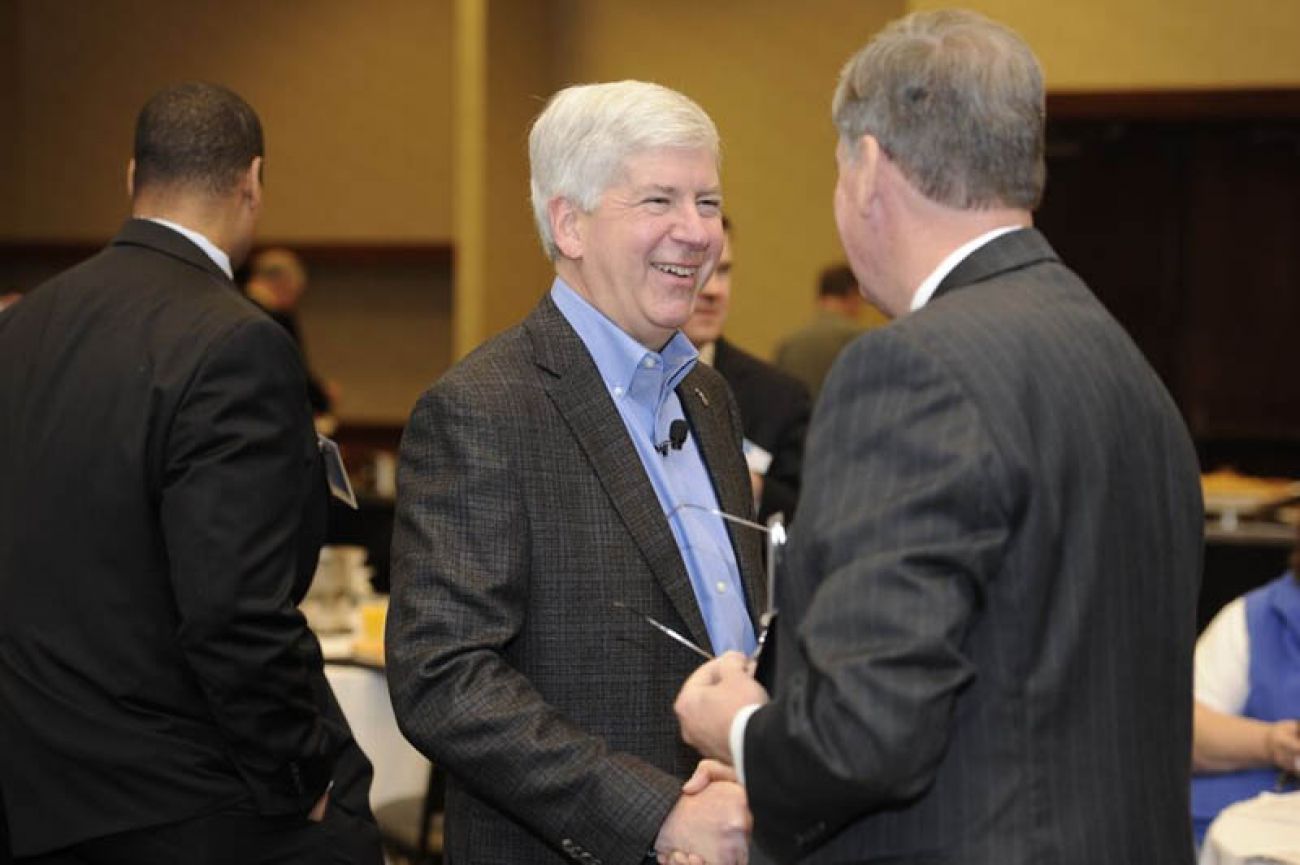
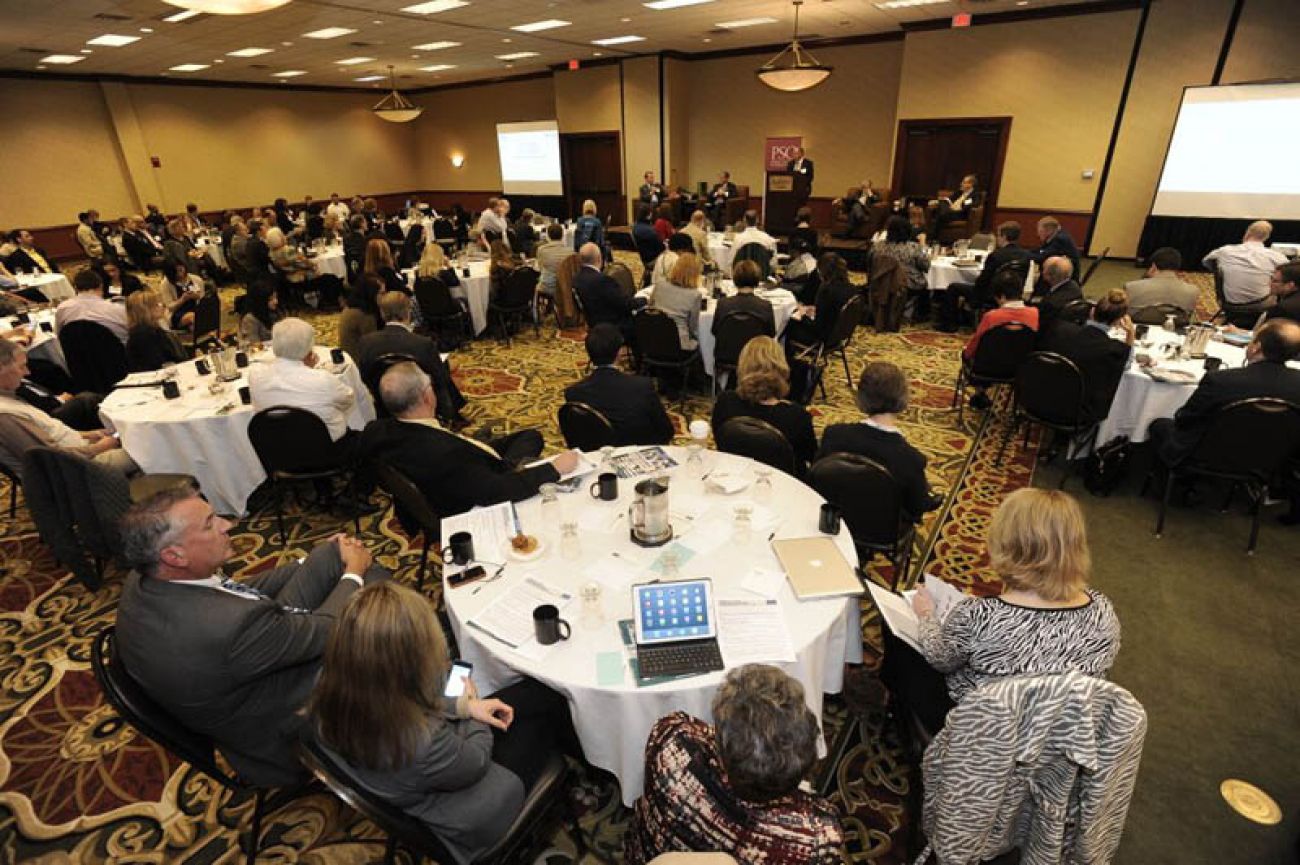
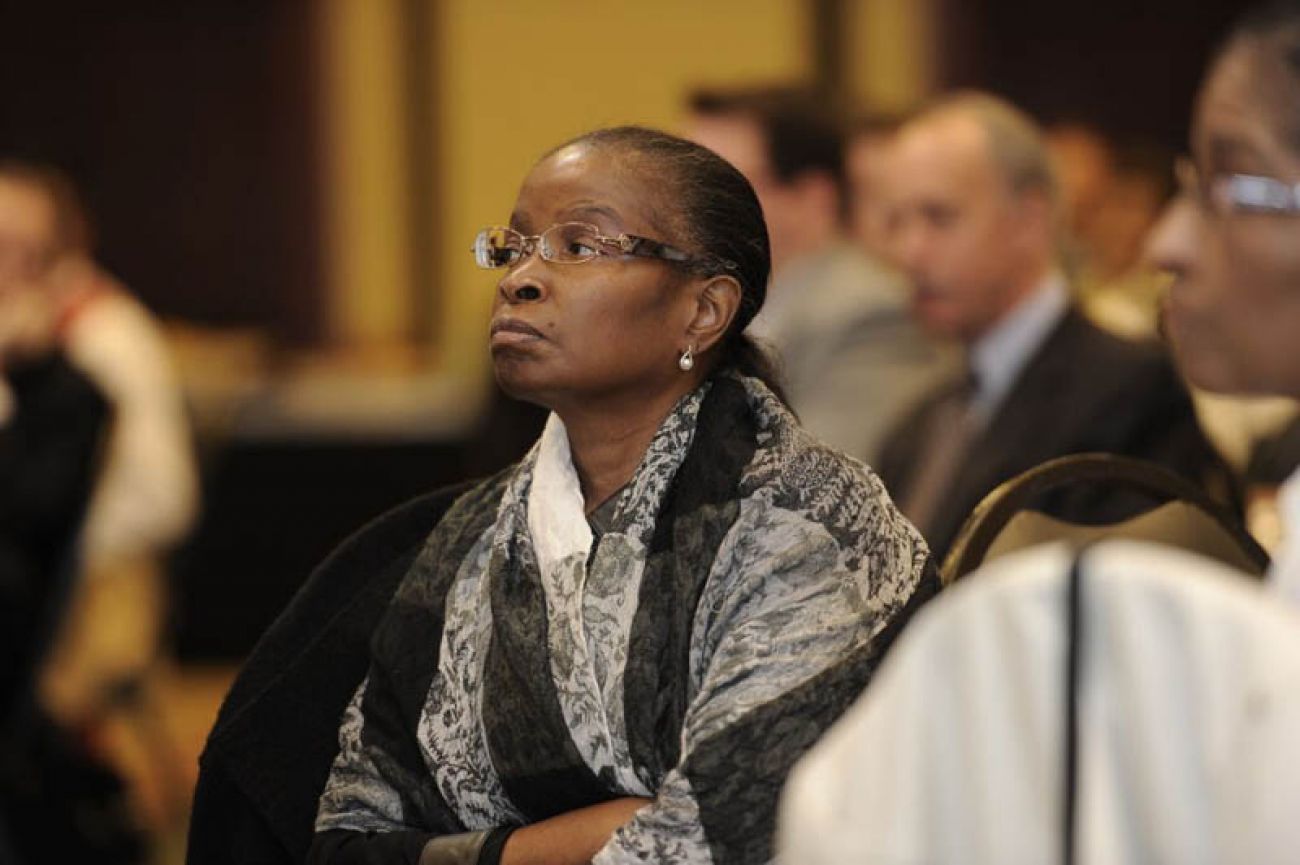
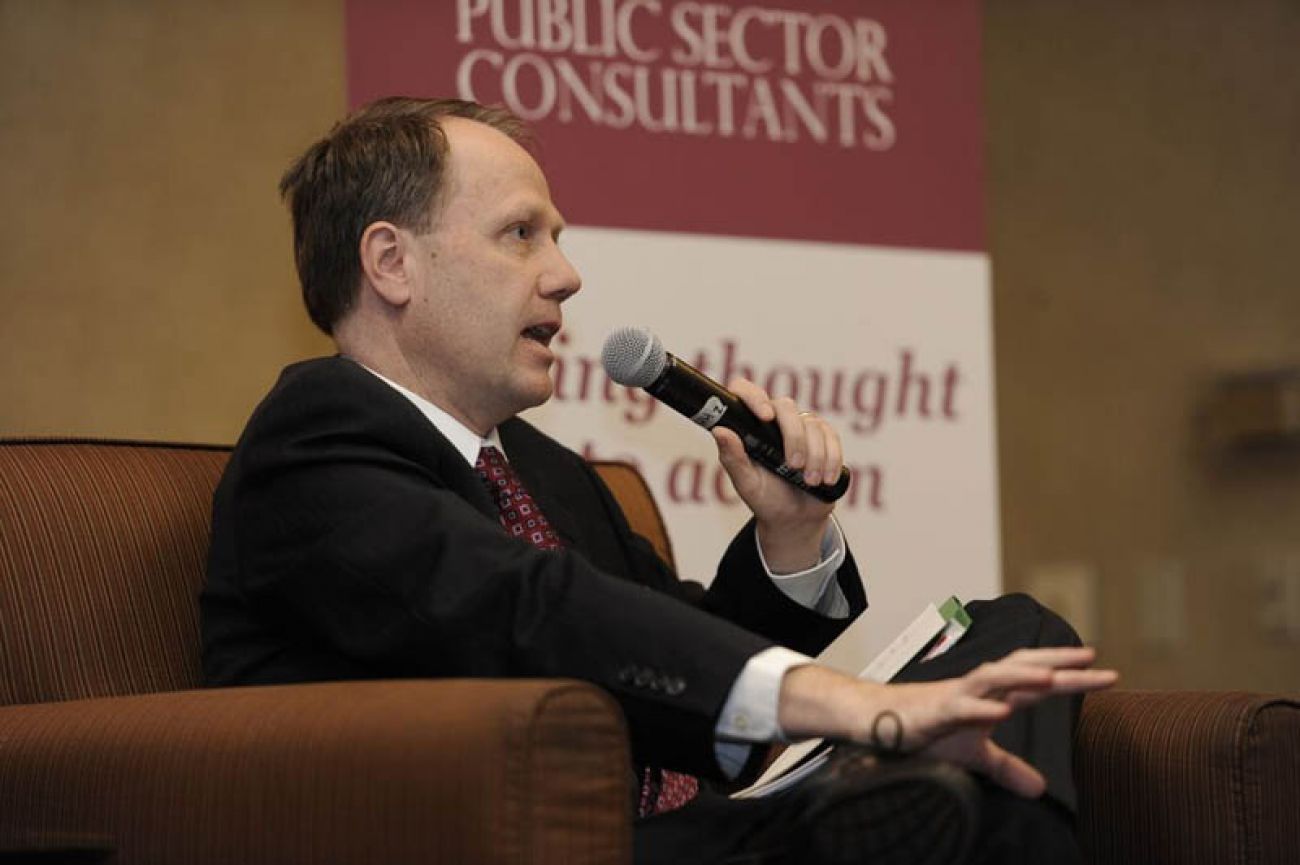

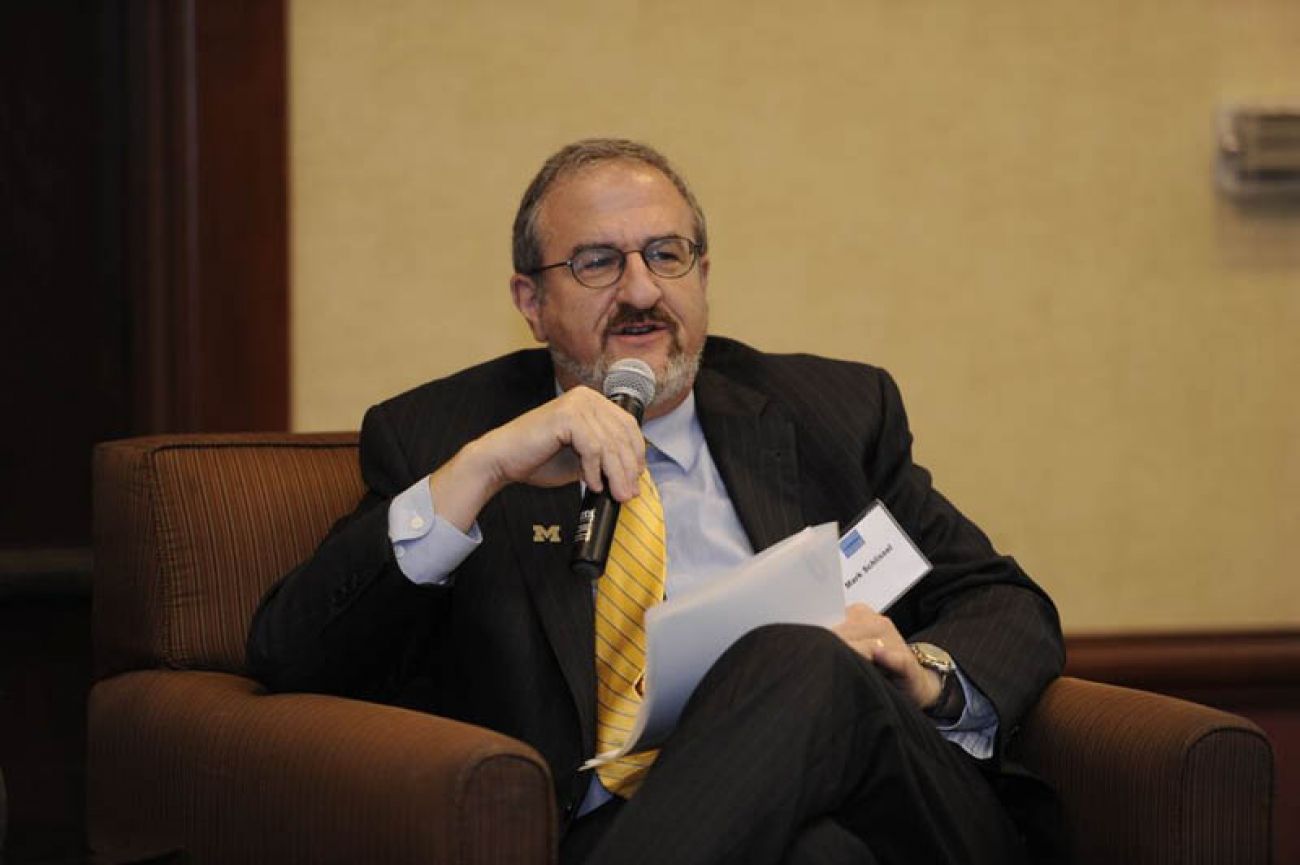
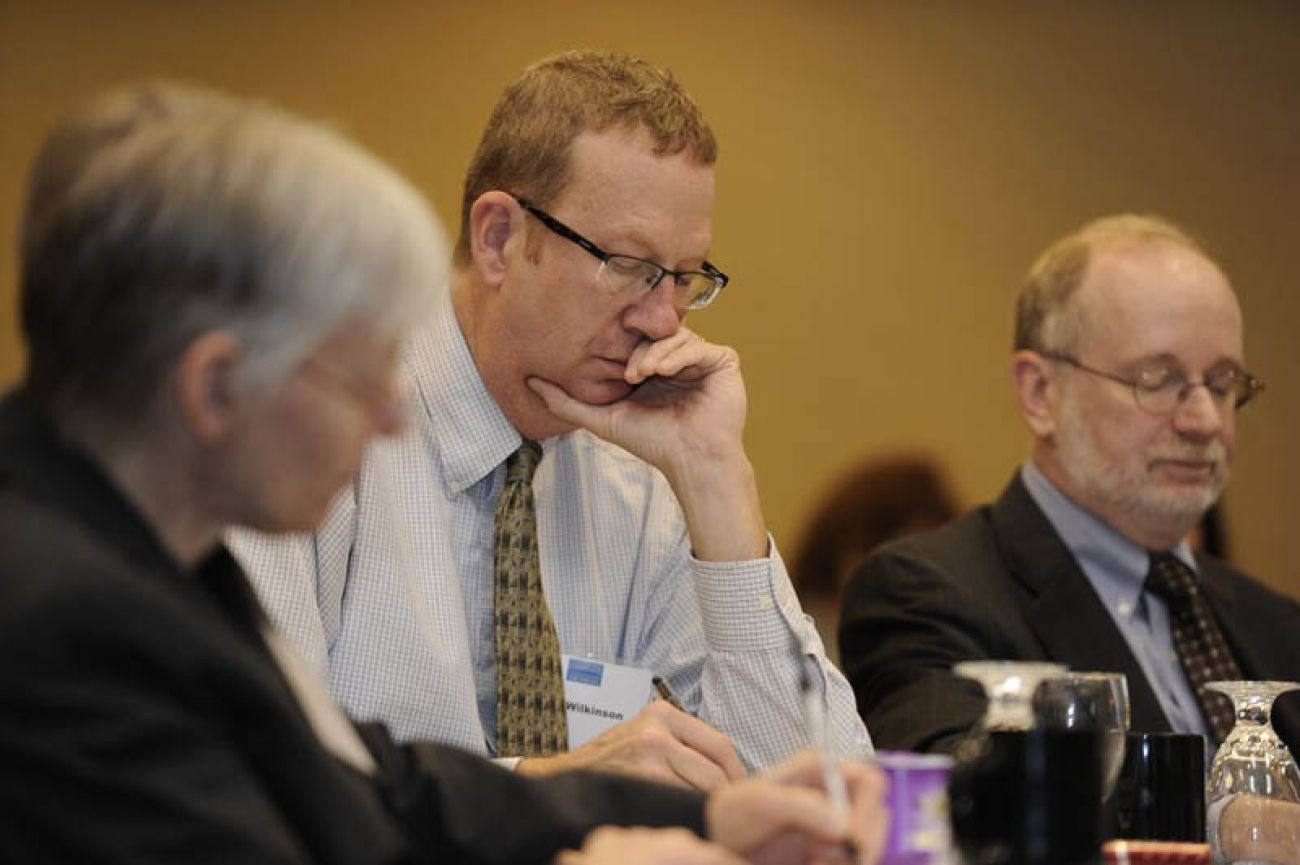
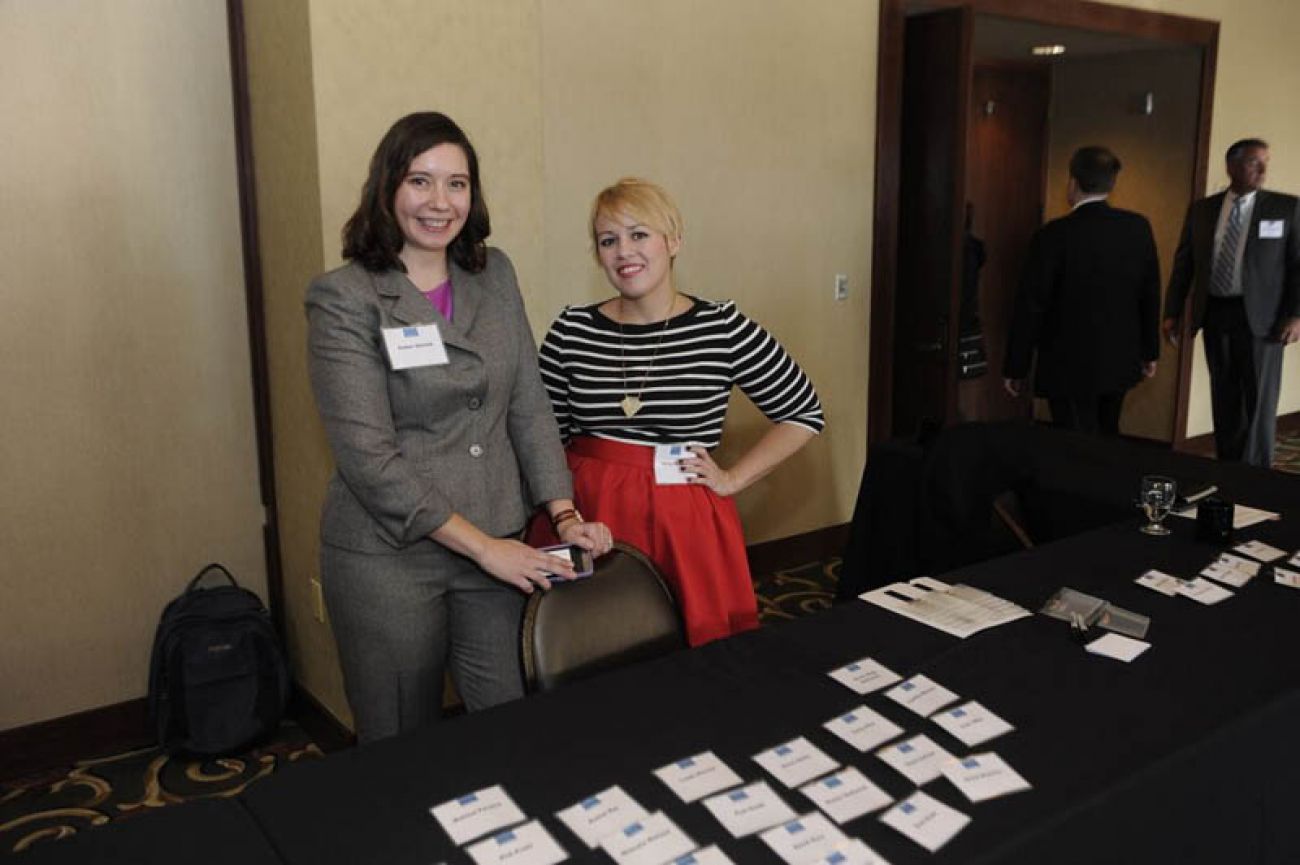
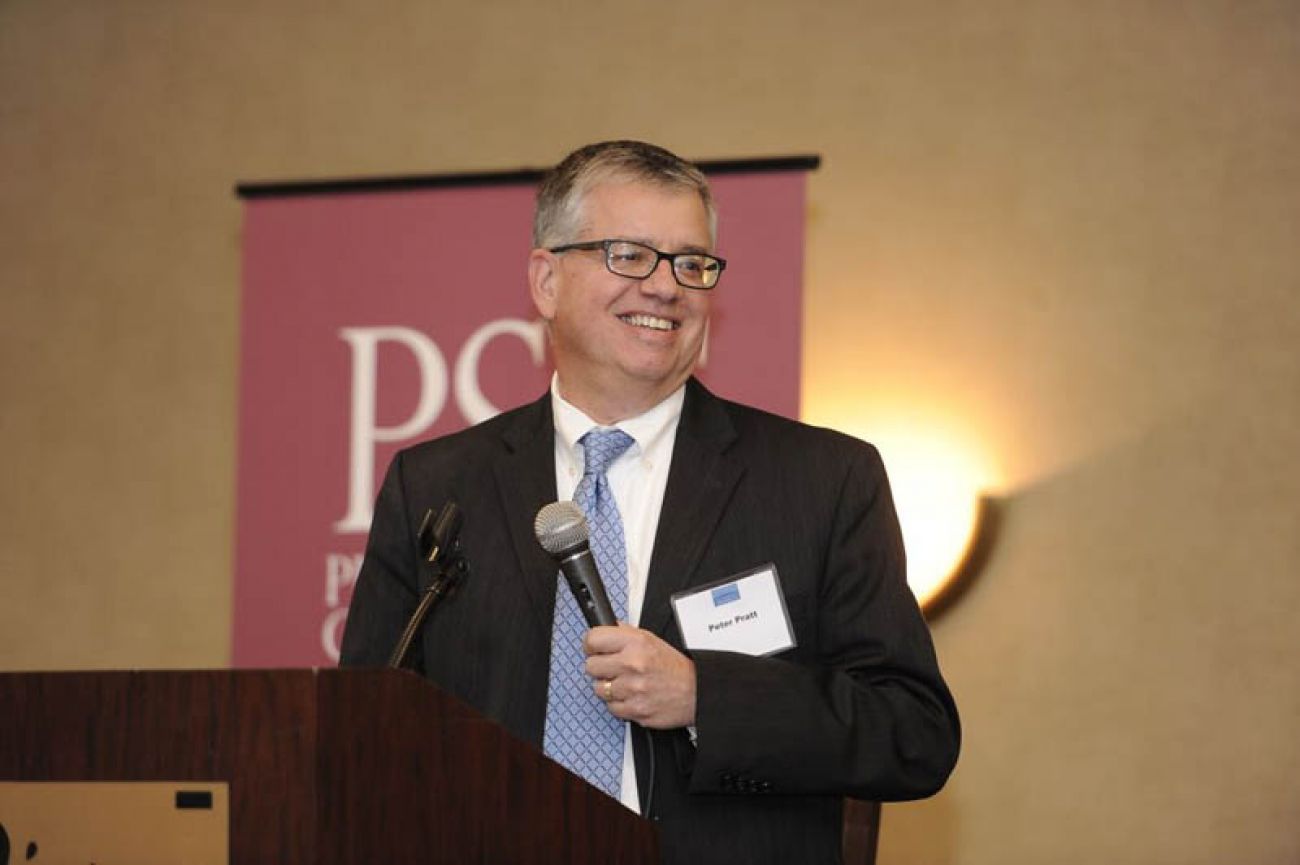
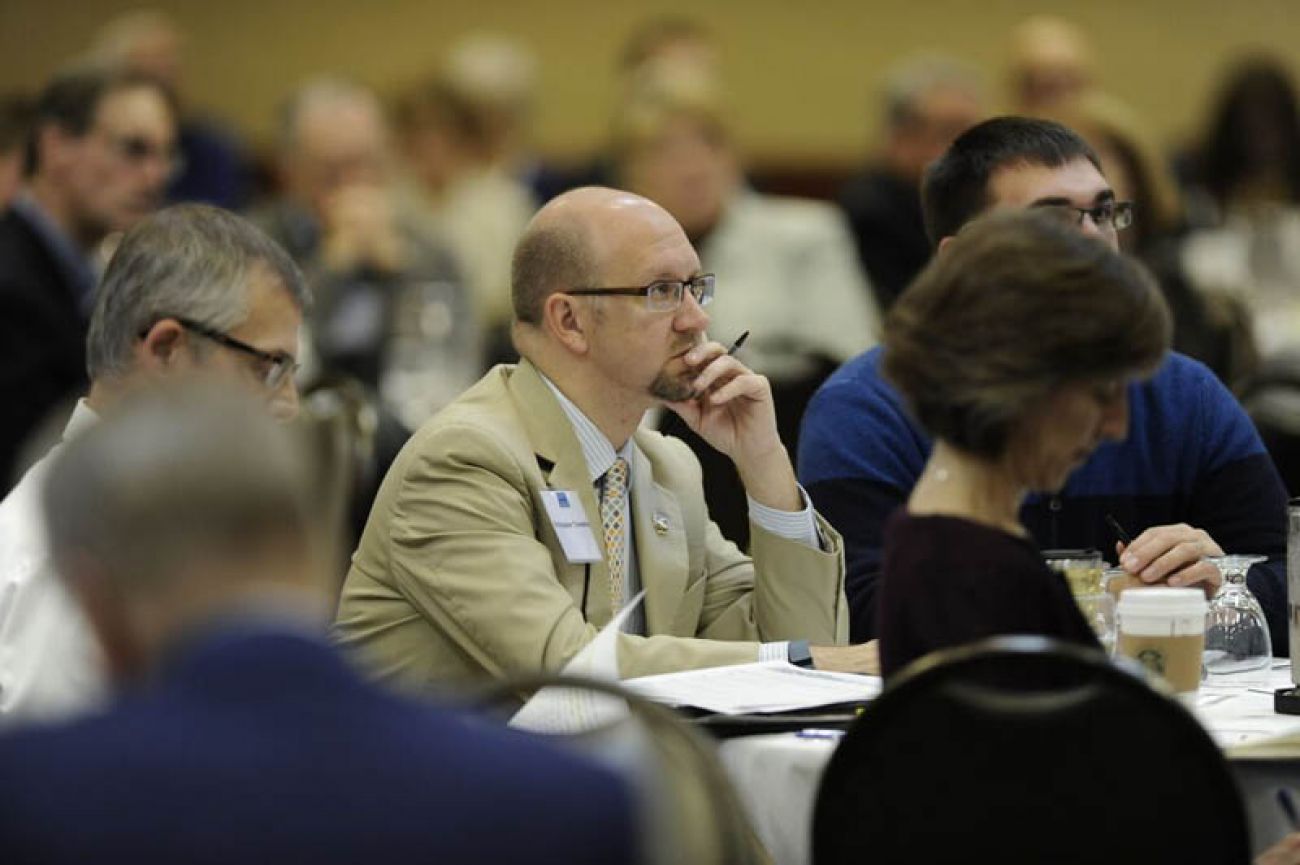
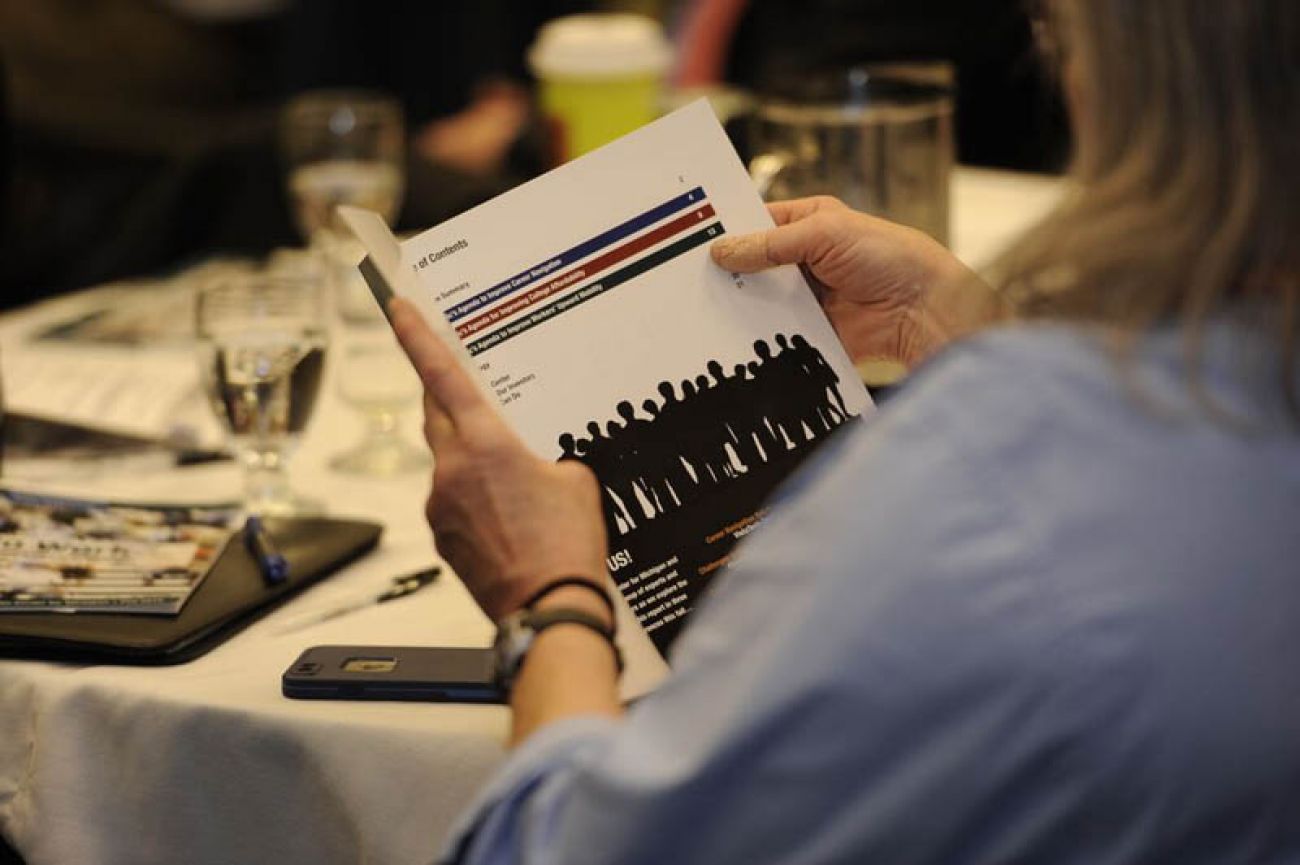


With college costs rising and Michigan near the bottom nationally in higher education funding, the state is at a crossroads. The divide over how to fix the problem was epitomized by competing remarks Monday by state political and education leaders at a Lansing education conference.
Speaking first, Gov. Rick Snyder acknowledged that state funding is important, but urged more innovative solutions to help students earn a degree they can afford. The governor’s call for innovation was countered presidents of some of the state’s largest universities, who contend that after years of university belt-tightening, the state needs to ramp up spending to help make college more affordable.
“If we’re really going to solve this problem, we need to be more creative,” Snyder told the conference, presented by The Center for Michigan. “One action will not solve this. It’ll be a combination of eight of these things. Let’s create that menu of choices.”
But university presidents, tired of scrimping amid small budget increases from Lansing, said any solution is going to need dollars, not just ideas.
Michigan could fail if it doesn’t improve its levels of access and affordability to higher education, said Mark Schlissel, president of the University of Michigan.
“I think the risk is striking,” said Schlissel and other leaders as they squared off ‒ philosophically at least ‒ against the governor. The state’s spending on higher education fell 15 percent in 2011 and has increased slowly in the years since. As a result, Schlissel noted, U-M has had to raise tuition and contribute more resources into aid for its most needy students.
“This has a limit,” he said. “We can’t do this forever. Hopefully the state will step in and help with accessibility and affordability.”
Rising importance of higher ed
Getting a college degree is an increasingly expensive choice in Michigan – tuition and student debt have risen sharply as state aid has fallen – yet finding money to ease the problem has run headlong into other budget priorities, state and university leaders said.
Finding a solution is paramount because the impact of high college costs is not just on students and their families, but on the state’s economy.
Schlissel’s view represented the majority position among Monday’s speakers (Bridge Magazine is an arm of the nonprofit Center for Michigan). Schlissel was joined on a panel by Lou Anna K. Simon, president of Michigan State University, Thomas Haas, president of Grand Valley State University, and Tim Sowton of Business Leaders for Michigan, which represents the state’s largest business heads and universities.
They dismissed suggestions by the governor and legislative leaders that universities and colleges need to become more financially efficient, noting that universities have taken steps to trim costs over the last decade, and that Michigan is among the bottom states nationally in the amount of per-pupil funding it gives universities.
The state is giving nearly $300 million less a year to state universities than it did a decade ago ‒ or nearly $640 million when adjusted for inflation, according to the Michigan Senate Fiscal Agency.
“Without the resources coming from the public, it’s hard to provide the level of service the public deserves,” Schlissel said.
But Snyder and others at the conference urged the need to look at a broader range of solutions to making college more affordable. In a speech to about 180 attending the summit, the governor said the state needs to boost high-school-level opportunities to gain college credit and improve counseling so students can more complete their degrees, and in a timely manner.
Hitting issues important to Michigan
The conference was the third held by the Center in the last month, culminating a year-long look at college affordability, career navigation and upward mobility. The summit comes after more than 5,000 Michigan residents participated in community conversations, polls and surveys over the past year designed to identify policy issues most important to Michigan residents.
In addition to Snyder and the university presidents, other participants included advocates for issues the governor touched upon: more accountability in higher education, the expansion of college credit for high school students and a system to improve transferring college credits.
Almost everyone agreed Monday that controlling the cost of higher education is critical to Michigan, and that the state and the schools themselves can play a role. The Center’s report found that residents overwhelmingly want costs lowered so that more students can graduate.
More than four-fifths of Center participants said state government should fund public colleges and universities at higher levels to make college more affordable. And more than 90 percent of poll and online survey participants said public universities need to become more cost efficient.
The cost of a traditional four-year degree in the U.S. has more than doubled in a generation, from an inflation-adjusted $7,938 a year in 1975 to $18,943 annually in 2014. But agreement on how to rein in ever-rising tuition and limiting loans is harder to come by.
And another problem, Sowton, of Business Leaders for Michigan, pointed out, is that while university presidents want more money from the state, residents in other surveys have indicated higher education is not their top priority, falling behind K-12 education, roads and other programs.
That’s the challenge, Sowton said: educating not just the legislature but also Michigan residents that they would benefit from a state teeming with a higher percentage of bright, educated students and ‒ ultimately ‒ workers.
Snyder, who is currently working with legislators on a long-sought deal to spend $1.2 billion a year on new road funding, acknowledged the need for more funding of the state’s colleges and universities. But as the state’s accountant-in-chief, he said he knows that almost every group wants Lansing to solve problems with its checkbook.
Despite near unanimity that there is a problem, one of Snyder’s top aides, John Walsh, pointed out that enrollment in the state’s college and universities is at record levels. Though students are facing ever higher debt loads and the chorus of complaints from parents and university administrators increases, more and more are nevertheless finding their way to the lecture hall.
“There isn’t an apparent crisis,” Walsh said, even as he acknowledged that more has to be done to educate legislators about the need to fund higher education.
And making that case in Lansing can be difficult, acknowledged State Rep. Sam Singh, Democratic floor leader from East Lansing. “This is not a top priority for the legislature,” he said of the Republican-led House and Senate. It’s not even in the top 5, he said.
As an example of the legislature’s competing priorities, Walsh pointed to the decisions legislators face: They could cut prison costs or higher education. If they cut prison costs, prisoners may be released. If they cut higher education, parents and students pay more.
“There is no easy way to say we can cut this,” he said, because of the consequences of those cuts.
Other solutions
High school and college students could be financially helped in other ways, speakers at Monday’s summit said. More students could get college credit from the growing dual enrollment and early college programs that are available across the state, which give students a way to shorten their post-secondary career by getting college credits while they are still in high school.
And if students had better and more counseling, both in high school and college, they could more efficiently navigate a higher-education system that can be vexing, from student loans and scholarship applications to course catalogs.
Snyder, who graduated from the University of Michigan, said some of the best help he got as a young student growing up in Battle Creek was from his counselors. That’s also an area of concern, state residents have told the Center. Michigan K-12 counselors now have, on average, about 700 students they are responsible for, well above the national average of 470. That makes it difficult for individual students to get the post-secondary advice that many need.
Counselors who are better versed in college – as well as vocational and technical career – options could make students more aware of the range of career choices and help them find their path without wasting money and years during college.
“That gets expensive folks, that’s not free,” Snyder said.
Improved counseling and guidance also could help students know what credits may transfer from one college to the next, or help them more efficiently select courses so that they are more likely to graduate, and increase their earning potential.
“The worst issue for (student) debt is not graduating,” said MSU president Simon.. “Then you don’t get the value.”
How did we get here?
This timeline might jog your pop culture memories while illustrating how college costs have changed over time. One tip to help you follow along: College cost figures listed for past years have been inflation adjusted to 2014 dollars so you get a more accurate sense of cost changes over time.
Click 'Start' below and make sure your volume is turned up...
Michigan Education Watch
Michigan Education Watch is made possible by generous financial support from:
Subscribe to Michigan Education Watch
See what new members are saying about why they donated to Bridge Michigan:
- “In order for this information to be accurate and unbiased it must be underwritten by its readers, not by special interests.” - Larry S.
- “Not many other media sources report on the topics Bridge does.” - Susan B.
- “Your journalism is outstanding and rare these days.” - Mark S.
If you want to ensure the future of nonpartisan, nonprofit Michigan journalism, please become a member today. You, too, will be asked why you donated and maybe we'll feature your quote next time!



